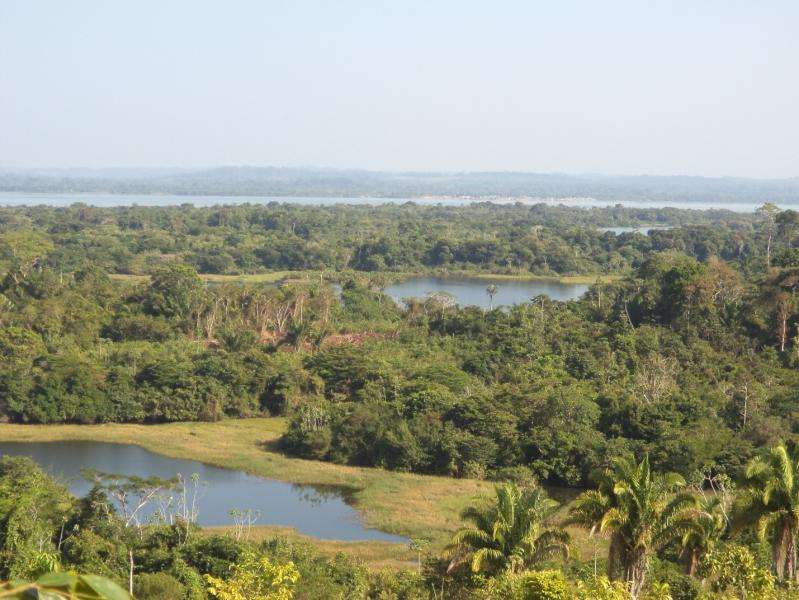A new view of tropical forest emissions

Emissions of isoprene, a compound from plant matter that wields great influence in the atmosphere, are up to three times higher in the Amazon rainforest than scientists have thought, according to new findings published this week in Nature Communications.
The findings come from a team of scientists from the Department of Energy's Pacific Northwest National Laboratory and the University of California, Irvine. Corresponding authors are Dasa Gu of both UCI and PNNL along with Alex Guenther of UCI.
The authors also found that as the elevation of the terrain in the Amazon got higher, isoprene emissions got higher too. The phenomenon has several possible explanations, say the authors. It could be due to a variance in tree species, for instance, or it could indicate that trees at higher elevations, with less water, exhibit more stress and release more isoprene.
The findings were made as part of the Green Ocean Amazon (GoAmazon) campaign, a research endeavor of the Atmospheric Radiation Measurement Climate Research Facility, a national scientific user facility funded through the Department of Energy's Office of Science. The study included data from towers set in the forest canopy, from instrumented land sites, and from ARM's Gulfstream-159 (G-1) research aircraft.
More information: Dasa Gu et al. Airborne observations reveal elevational gradient in tropical forest isoprene emissions, Nature Communications (2017). DOI: 10.1038/ncomms15541
Journal information: Nature Communications
Provided by Pacific Northwest National Laboratory



















